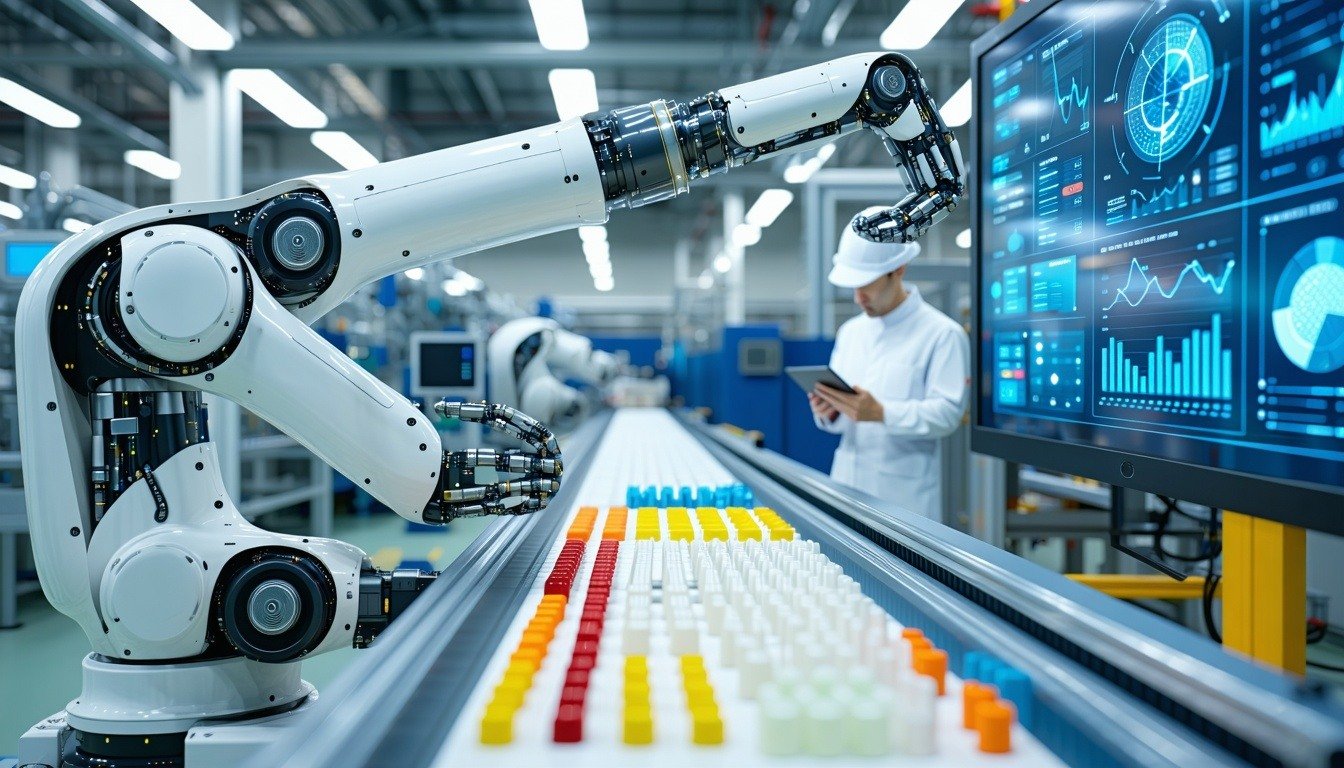GE provided an update on its “Industrial Internet” (I2) push during last week’s Mind + Machines event, which was also recapped in the form of two helpfully informative press releases. You can view them here and here, and in the following I’ll share a few reasonably idle observations. Note that in this context I’ll be using I2 as a synonym for IoT, because what humanity absolutely needs right now is another tech acronym.
First, as hinted in the beginning of the year, GE’s strategy involves opening up Predix – the software platform for the I2 portfolio – to third parties. Details are still scarce, but by the sound of it the idea is to have an API layer through which customers can develop whole new applications based on the exposed machine data. Moreover, it would seem that Predix will be unbundled from GE’s own products, with enterprises being able to purchase it regardless of the manufacturer. Competition-wise, this would mean that GE will no longer compete only with likes of ABB, Honeywell, and Siemens – which all have their own similar, if much less ambitious, software initiatives – but also with pure-play software shops. For instance IBM and SAP should watch out, as should the growing PTC family. From this point of view, it’ll be most intriguing to learn what capabilities the unbundled Predix will ultimately comprise.
Second, GE’s partnerships with Cisco and Intel are primarily meant to enable that maker-agnostic version of Predix at the network’s edge. As I’ve commented earlier, the IoT is seeing a paradigm shift from merely connected to intelligent devices, and that is particularly the case in the industrial environment where the deployed architectures are (a) driven by analytics and (b) shaped by security. Now, it’s highly unlikely that the inclusion of “Predix-ready” edge devices alone will allow the platform and non-GE equipment to converse without hiccups, but let’s assume that the starting point will change from “impossible” to “complex”, at least until we hear otherwise. I’m only speculating here, but for SIs and various IoT middleware suppliers this probably represents more of an opportunity than a concern.
Third, GE is teaming up with SoftBank, Verizon, and Vodafone to “provide a wide range of wireless connectivity solutions optimized for Industrial Internet solutions”, which adds to its existing partnership with AT&T. That mention of “a wide range” is an interesting one, since to me it goes to show that the telco partners will be getting involved much beyond their cellular comfort zone. You can see the demand for such meshy-edgy post-M2M thinking in some of the recent high-profile deployments – see e.g. Telefonica’s famous smart metering deal, or SK Telecom’s work on smart eel farms – and that’s clearly the way forward. The telco business is increasingly becoming a solutions business, and the I2 is playing a big role in that.
Fourth, GE’s incremental revenues from its 40+ I2 offerings are expected to total over US$1 billion. That is good news for my team, given our market forecasts on predictive maintenance, which is the leading use case for both GE’s I2 strategy and overall IoT analytics. Many people have questioned our $9-billion range as overly optimistic, but if this data point holds true then we may have actually been slightly too cautious. Not all of that amount can be attributed to asset maintenance (and for that matter, our forecast doesn’t consist exclusively of the predictive phase of maintenance analytics either), considering that other use cases such as operational analysis and product/service development, as they are categorized in ABI Research’s methodology, are likely to be quite prominent as well. But nonetheless, it validates many of our assumptions.
Fifth, as something that jargon machines like me refer to as “value add”, let me point you to the webinar that we hosted about IoT analytics with our friends from Splunk last month. It makes a good introduction to the topic, if you need one.




